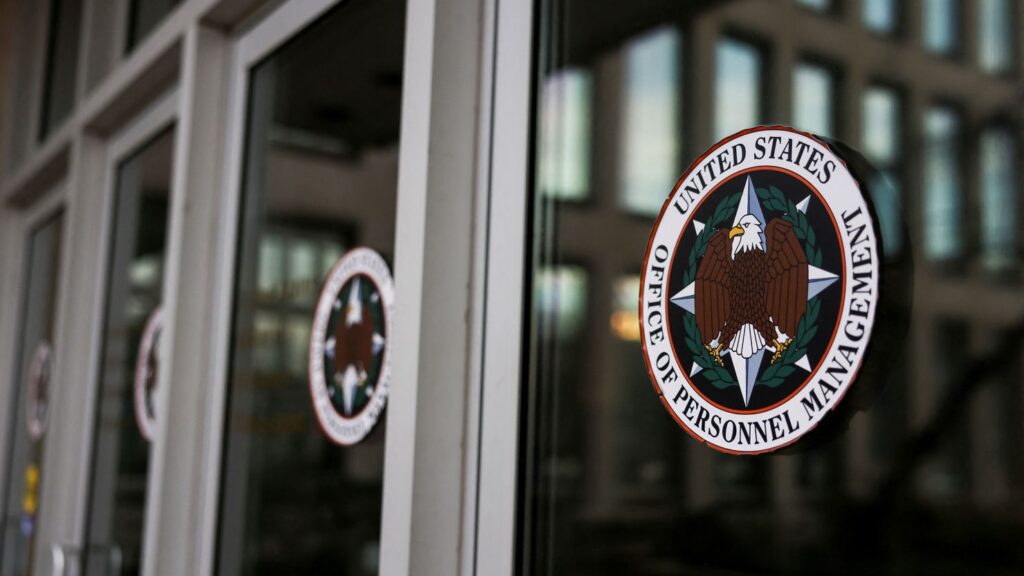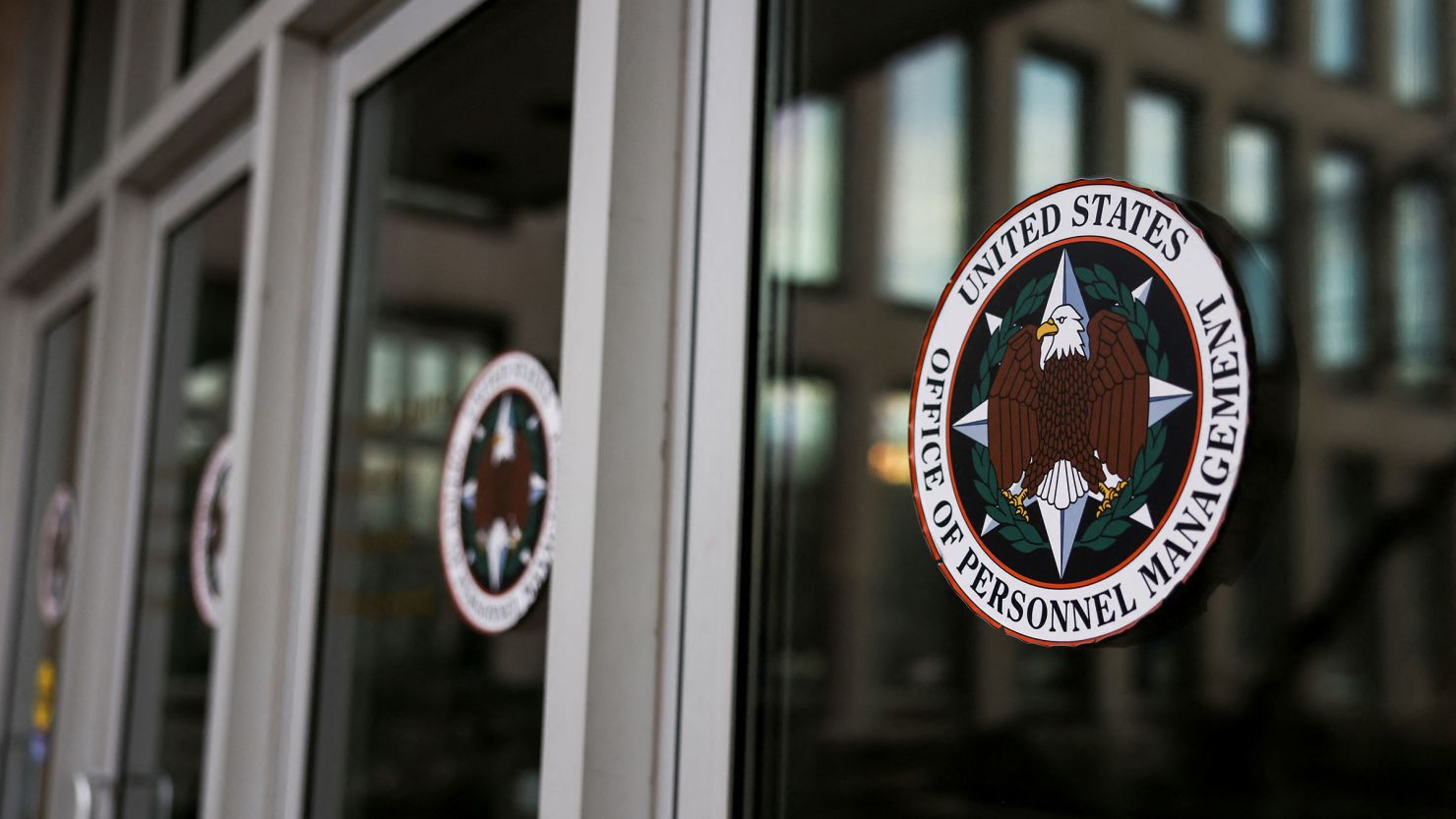
Trump Administration Directs Federal Health Agencies to Pause Communications: A Comprehensive Analysis
In the ever-turbulent landscape of American politics, few events sparked as much debate and concern as the Trump administration’s directives to federal health agencies to pause communications. This wasn’t just a bureaucratic shuffle; it represented a potential disruption in the flow of vital public health information, raising questions about transparency, accountability, and the role of government in safeguarding public well-being. This article delves into the details of this directive, exploring its context, implications, and long-term consequences. We aim to provide a comprehensive, fact-based analysis, drawing on available reports and expert opinions to offer a clear understanding of this pivotal moment in recent history.
The Genesis of the Communication Pause
The order for federal health agencies to temporarily halt communications emerged early in the Trump administration. The exact date and specific agencies involved varied slightly in initial reports, but the overall impact was clear: a significant curtailment of public messaging from key entities responsible for public health guidance. Agencies like the Centers for Disease Control and Prevention (CDC), the National Institutes of Health (NIH), and the Food and Drug Administration (FDA) – all crucial for disseminating information on disease outbreaks, research findings, and public safety – found their communication channels restricted.
The rationale behind this directive, as articulated by administration officials, often centered on the need for a review of existing communication strategies and a desire to ensure consistency in messaging. However, critics argued that the pause was politically motivated, aimed at controlling the narrative and suppressing information that might contradict the administration’s agenda. This lack of transparency fueled speculation and distrust, further complicating the already complex relationship between the government and the public regarding health matters.
Initial Reactions and Concerns
The immediate reaction to the communication pause was one of widespread concern among public health professionals, advocacy groups, and the media. Many feared that the lack of timely and accurate information could undermine public trust in health agencies and potentially endanger public health. The timing of the directive, coinciding with ongoing health crises and emerging threats, amplified these anxieties.
Concerns were also raised about the potential chilling effect on scientific research and the free exchange of ideas within the scientific community. If researchers and scientists felt constrained in their ability to communicate their findings, it could hinder progress in addressing critical health challenges. This potential suppression of scientific voices raised serious ethical and practical questions about the role of government in regulating scientific discourse.
Scope and Impact on Federal Health Agencies
The scope of the communication pause varied across different federal health agencies. Some agencies experienced a complete cessation of external communications, while others faced restrictions on specific types of information or communication channels. The duration of the pause also differed, with some agencies resuming normal communications relatively quickly, while others experienced more prolonged periods of restriction.
The impact of the communication pause was felt across various aspects of public health communication. Agencies were forced to cancel scheduled press briefings, delay the release of important reports, and limit their engagement on social media. This curtailment of communication efforts not only hindered the dissemination of vital information but also created a vacuum that was often filled with misinformation and speculation.
Case Study: The CDC and Communication Challenges
The CDC, as the nation’s leading public health agency, faced particularly significant challenges during the communication pause. The agency’s ability to communicate effectively with the public is crucial for preventing the spread of infectious diseases, promoting healthy behaviors, and responding to public health emergencies. The restrictions imposed on the CDC’s communication channels hindered its ability to fulfill these critical functions.
For example, during the early stages of the COVID-19 pandemic, the CDC’s initial communication efforts were hampered by the communication pause and other administrative constraints. This led to confusion and uncertainty among the public, making it more difficult to implement effective public health measures. The lack of clear and consistent messaging from the CDC undermined public trust and contributed to the spread of misinformation about the virus.
Legal and Ethical Considerations
The Trump administration’s directive to pause communications by federal health agencies raised significant legal and ethical considerations. Critics argued that the directive violated the First Amendment rights of government employees to communicate scientific information to the public. They also contended that the directive undermined the public’s right to access information about matters of public health.
Furthermore, the directive raised ethical questions about the government’s responsibility to protect public health and provide accurate and timely information to the public. Public health ethics emphasize the importance of transparency, accountability, and the equitable distribution of information. The communication pause, by restricting the flow of information, arguably violated these ethical principles.
The Role of Whistleblowers
In response to the communication pause, some government employees and scientists chose to speak out publicly, often at great personal risk. These whistleblowers played a crucial role in exposing the extent of the communication restrictions and highlighting the potential harm to public health. Their courage and commitment to transparency helped to inform the public and hold the government accountable.
However, whistleblowers often face significant challenges, including potential retaliation from their employers and legal repercussions. Protecting whistleblowers and ensuring their ability to speak out without fear of reprisal is essential for maintaining government accountability and safeguarding public health.
Long-Term Consequences and Lessons Learned
The Trump administration’s directive to pause communications by federal health agencies had long-term consequences for public trust in government, scientific research, and public health communication. The erosion of trust in these institutions can make it more difficult to address future public health challenges and respond effectively to emerging threats.
One of the key lessons learned from this episode is the importance of transparency and open communication in government. When the government restricts the flow of information, it creates a vacuum that can be filled with misinformation and speculation. This can undermine public trust and make it more difficult to achieve public health goals.
Strategies for Restoring Public Trust
Restoring public trust in government and health agencies requires a concerted effort to promote transparency, accountability, and scientific integrity. This includes ensuring that scientists and public health professionals are free to communicate their findings without fear of political interference. It also involves strengthening whistleblower protections and promoting a culture of open communication within government agencies.
In addition, it is crucial to invest in public health education and communication initiatives that empower individuals to make informed decisions about their health. This includes providing accurate and accessible information about health risks, preventive measures, and treatment options. By fostering a more informed and engaged public, we can build greater trust in government and health agencies.
Expert Perspectives on Communication Strategies
Leading experts in public health communication emphasize the importance of clear, consistent, and timely messaging. They also stress the need to tailor communication strategies to different audiences and use a variety of channels to reach the public. Effective communication requires building trust and credibility with the public, which can be achieved through transparency, honesty, and a commitment to scientific integrity.
Furthermore, experts highlight the importance of addressing misinformation and disinformation proactively. This involves developing strategies to counter false or misleading information and providing accurate information to correct misconceptions. It also requires working with social media platforms and other online channels to identify and remove harmful content.
The Role of Technology in Modern Communication
Technology plays an increasingly important role in modern public health communication. Social media, mobile apps, and other digital tools offer new opportunities to reach the public with timely and relevant information. However, these technologies also present challenges, including the spread of misinformation and the potential for privacy breaches.
To effectively leverage technology for public health communication, it is essential to develop strategies that address these challenges. This includes implementing measures to combat misinformation, protecting user privacy, and ensuring that digital tools are accessible to all segments of the population. It also requires training public health professionals to use these technologies effectively and ethically.
Q&A: Addressing Key Concerns
- What specific agencies were most affected by the communication pause?
The CDC, NIH, and FDA experienced notable impacts, limiting their ability to share vital health information. - What reasons did the Trump administration give for the communication pause?
The administration cited the need for message review and consistency, though critics alleged political motivation. - How did the communication pause affect the CDC’s response to emerging health threats?
It created confusion and hampered the agency’s ability to communicate effectively during critical periods. - What legal arguments were made against the communication pause?
Arguments centered on First Amendment rights of government employees and the public’s right to access information. - What role did whistleblowers play in highlighting the impact of the communication pause?
They exposed the extent of the restrictions and potential harm to public health, often at personal risk. - How can public trust in government and health agencies be restored?
Through transparency, accountability, and a commitment to scientific integrity. - What strategies do experts recommend for effective public health communication?
Clear, consistent, and timely messaging, tailored to different audiences, using various channels. - How can technology be used to improve public health communication?
By reaching the public with timely information, but also addressing challenges like misinformation and privacy. - What are the potential long-term consequences of restricting communication from health agencies?
Erosion of public trust, hindering responses to future health challenges. - What can individuals do to stay informed about public health issues during communication restrictions?
Seek information from reputable sources, verify information before sharing, and support independent journalism.
Conclusion: Transparency and Public Health
The Trump administration’s decision to direct federal health agencies to pause communications serves as a stark reminder of the potential consequences of restricting the flow of vital information. This action underscored the critical importance of transparency, accountability, and scientific integrity in government. It also highlighted the need to protect whistleblowers and ensure that scientists and public health professionals are free to communicate their findings without fear of political interference. As we move forward, it is essential to learn from this experience and take steps to restore public trust in government and health agencies. Only through open communication and a commitment to scientific truth can we effectively address the public health challenges of today and tomorrow.
Share your thoughts and experiences regarding government communication during health crises in the comments below. Explore our other resources for in-depth analysis of public health policies.

